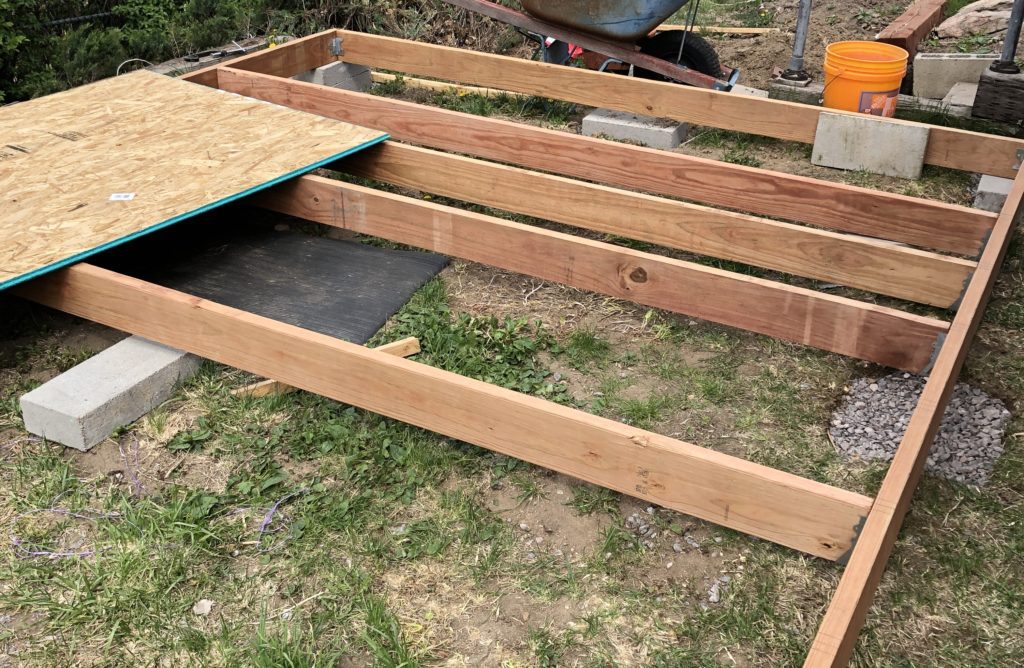My Process for Intentional Learning
Tags: learning • Categories: Productivity
Lately, I’ve been able to carve out dedicated to learning new skills. What I’ve learned has been random, from programming languages to how to build a tiny house. I’ve found a lot of joy in learning new skills, slowly becoming a generalist.
Over the last year, I’ve found you can optimize your "learning time" by thinking through the process of learning before you start. In my experience, picking a learning project, and creating a "learning log" for each skill is hugely helpful.
Identify a Learning Project
Learning in a vacuum doesn’t work for me.
I love reading fiction, but reading a topic that I have no immediate need to understand makes it much harder to comprehend. When I’m motivated by a problem I’m trying to solve, I can plow through books and other information quickly. Without an immediate need, I’ll read the same page many times or fall asleep with the book in my hand.
In other words, learning something Just in Case doesn’t work for me. It has to be Just in Time.
This is why a ‘learning project’ is really important. A small, useful, and preferably time-bound project that requires new skills to complete. The project is a forcing function for learning new skills. You want a project where the pain of leaving it half-done is painful.
For example, when our second daughter was born, I knew she would need the room in our house that I was using as an office (I work remotely). I could move into a room in our basement, but I loved having a large window in the room and for some reason, I didn’t want to work in a basement. So, I decided to build a tiny house to work in.
I’d never built any physical thing in my life before.
I knew I’d lose motivation once I started it (especially as the Colorado summer heat ramped up). I ordered a massive truckload of wood and dumped it in my driveway and built the initial foundation. I knew our new daughter would need my room at the end of the summer and it would become too cold to make real progress on it by October.

These factors created enough motivation to force me to finish the project when I didn’t want to. I’m glad I did! By building a mini house I learned most of the handyman skills I’ve been wanting to learn for years—the perfect learning project.
Before jumping into learning something new, take some time in picking your learning project.
For instance, let’s say you wanted to learn software programming. You could take a bunch of online courses or start reading random tutorials online. You could spend a bunch of money on a coding bootcamp, or join something like Lambda School.
However, you could also find a a simple job on UpWork that feels simple & small enough for you to figure out. This provides a context and specific application for your learnings and the extrinsic motivation to finish the work (there’s someone on the internet trusting you to get this thing done for their business).
Structure Your Learning
After you’ve picked a project, I’ve found it to be helpful to structure your learning process by asking some questions (here’s a post that roughly follows this structure):
- What’s your learning project? Example: build a tiny house or automatically mark RSS articles as read
- What does success look like? This prevents you from following rabbit holes and forces you to finish the project. Example: build an insulated tiny house (not painted, not drywalled) or a script which marks articles more than two weeks old as read.
- What ‘open questions’ do you have? What are the gaps in your knowledge that would prevent you from completing the project? Write these down at the top of the document.
- What tools are you missing? This won’t be apparent to you at the outset, but as you start learning you’ll find friction in your process that you’ll want to eliminate. For instance, I found that the hammer I had was hard to use. I noted this down and found that $10 bought me a much better hammer. Or, in the context of programming, your IDE autocomplete may not be working in the language you are learning.
- What are some of the top books, tutorials, YouTube channels, etc that align most closely with what you are trying to do?
- What completed pieces of work are similar to what you are trying to do? For digital projects, this could be open source projects or raw asset files for a media project.
- Is there a community (online or otherwise) around the thing you are learning? Documenting the places where friendly people on the internet, who are obsessed with what you are learning, is super helpful. You’ll remember to ask them a question when you get stuck!
With this information in place, I start working on the project. As questions come to mind I write them down in a "learning log"—bullets in a document. If there’s a large piece of knowledge or tool that’s missing I’ll add it to the top of the document and handle it later.
I’ve found that this live-blogging style learning log helpful, even if no one reads it. By writing down questions and problems that are coming to mind as I’m learning, it forces me to clarify and refine my thinking. This often helps me solve a problem quickly. Writing down the question helps prompt my mind to provide better & unique answers.
As a meta-point, by writing down this little guide it helped me better structure my learning process for my next project!
